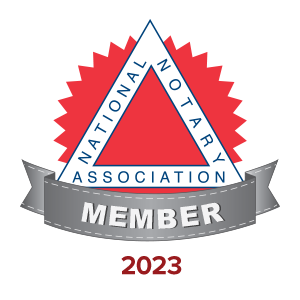Combining the two work models has major benefits for a number of vulnerable groups, including women, people who have disabilities, parents of young children, millennials, and Generation Z employees. Hybrid work and remote work are distinguished by the obligations employees have concerning their relationship to the workplace. As the world continues to adapt to new ways of working, many businesses are embracing a hybrid remote work model.
- For information on when it is safe to return to the office, visit your local government COVID-19 planning site.
- Hybrid work emerged as a viable work arrangement during the COVID-19 pandemic when businesses transitioned to remote work and used virtual collaboration tools to remain productive.
- Depending on the type of hybrid work schedule you or your company choose, you’ll either have your team join on specific days, on specific days plus additional days they can choose, or on days they can choose.
- For all companies and functions, the evolution of a hybrid workforce is an opportunity for a wider digitization effort to improve efficiency, agility and creativity.
Teams working in a hybrid workplace need to communicate, assign tasks, discuss projects, and share their knowledge with other team members; online collaboration tools help with that. They improve the process and the outcome of teamwork while saving time, money, and energy. This is why more than 60% of executives plan to increase budgets for virtual collaboration tools. A digital adoption platform such as Whatfix enables self-paced learning for your employees. Whatfix’s self-paced and interactive on-the-job training solution augments training by helping employees learn while doing, within the business application. The biggest concern almost 30% of leaders have is how to maintain the organization’s culture when some employees are working in the office and others are working remotely, according to a research by Gartner.
What not to do when implementing remote
In this case, it can be difficult to head to a new country for a few months. Ask your boss if you can work full-time in the office for a month, in return for two months of being fully remote so that you can travel. Data insights like these give you the information you need to match resources with demand, and thereby keep improving the overall workplace experience. Flexible desking helps maximize resource usage in the workplace since you don’t need one desk for every employee, rather only for those who are in the office at a given time.
This is an intermediate-level course, intended for learners who have previous experience managing or leading people. To succeed in this course, you should have at least one year of management experience. Hi, I’m Natalia, my passion is to allow as many people to work flexibly as possible. I do that by writing educational content to help businesses adopt flexible work practices.
Create an Inclusive Onboarding Experience 👋
The need for effective digital solutions has never been greater, and we’ve spent the last 10 years connecting distributed teams working across the globe. According to IDC, teams who use three or more integrations experience significantly hybrid work from home more time savings (over 30 hours per week). With the explosion of SaaS tools in recent years, many companies have adopted all kinds of new applications to help improve productivity, communication, and collaboration.
Using the company OKRs for guidance, teams can set functional- and team-level OKRs that align with the company-level OKRs. Again, we recommend no more than 3-4 objectives and no more than 4 KRs per objective at the function and team levels. It’s not practical to be on Zoom all day, and it drains a lot of energy. Using Miro to facilitate asynchronous collaboration has been really helpful. Outline and standardize the processDetermine what colleagues should be collecting from meetings and types of meetings that have different outputs. Explain the purpose of documenting meetings, so that anyone on your team can quickly derive value, whether they are in the room or not.
Better collaboration and work relationships
But teams can determine their own “sync hours” for in-person work and “maker hours” for focused work at times that work best for them. For some businesses, switching to a hybrid remote working model may be an impractical or impossible choice. https://remotemode.net/ While it is a great alternative to an entirely remote team, it does require more effort and an investment of time to implement. This is especially true when you consider how switching work models affects your company holistically.
People typically erase physical whiteboards after every meeting, whereas you can simply share the contents of a digital whiteboard when you’re done. That way, everyone can have the same point of reference as they work on their tasks independently. A key part of fostering autonomy is empowering people to get the most out of meetings — even when they cannot attend. Providing digital artifacts to give people who were either distracted or unable to join in real time gives them something to refer to afterward. The “hand off” method is great for teams that live in different parts of the world. Since some teams only have limited time blocks per day that they can work synchronously, trying breaking the groups’ time up into four-hour asynchronous collaboration blocks and four-hour synchronous blocks.




